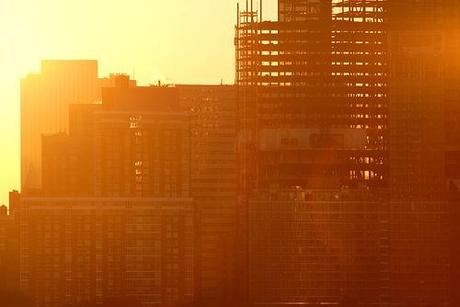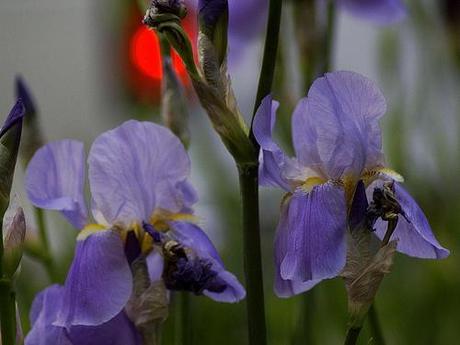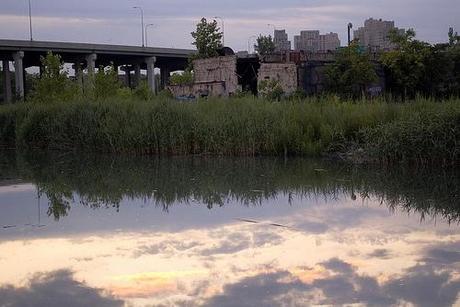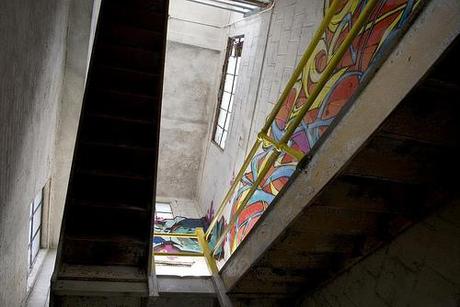Abstract, you say? Yes it is, and it’s done all the time in “big data” computing: classification and machine learning. But if that seems like gibberish, well, maybe it will begin to make sense when I start discussing the photos themselves.
Getting back on track. Imagine that I’ve arranged my photos in such a space. Now, I want to pick five photos such that they sample the space in way that usefully implies the whole space. That requires the photos to be quite different from one another.
I’ve picked five photos (below) with that in mind. Of course, I picked these photos according to my intuitive sense of the photos I’ve taken. I didn’t actually do any big data computing over them. But then, the mind does “big data” computing all the time. It might just be the case that that’s how the mind organizes large collections of objects.




* * * * *
Those photographs, obviously, are quite different from one another. I chose them, however, to match the five photographs I put into my 2500th post. But just what do I mean by match?
Here’s the first photo from that post:
If we think of that as a view of the Manhattan skyline, it could match this, which is otherwise quite different:
Or I could have thought of it as a photograph of objects seen in the mist, and so matched it with this one:
I chose to go with a photo depicting a building whose structure was obscured, not by mist though, but by light. I took the shot early in the morning while shooting into the rising sun, which simply overwhelmed my camera with light (as I intended).
The second photo from that post is a close-up of a sunflower:
If we think of it as essentially a sunflower, well then we could match it with another sunflower shot, one that’s visually quite different:
If we think of it specifically as a flower close-up, then this is a match:
I chose, though, to think of it more generically as a flower photo and matched it with a shot of two irises (with a diffused car light in the background).
The third photo shows us a landscape in the foreground and a cityscape in the background:
I could focus on the large skyscraper in the background, the Goldman Sachs Building in downtown Jersey City, and so match with a photo of that building:
Or I could focus on the landscape, and go with something like this:
Instead I chose to think of it as a genre I call the urban pastoral, which (in my mind) generally, but not always, includes elements of both the natural and human worlds.
Now, in choosing these photos I am, of course, keenly aware of the differences between them. After all, I want to sample the space of my photos – which is, incidentally, why I think of such a set as a cosmos. I don’t want any pair to be much like one another beyond the fact that they’re photos and of real things. Thus in both sets, the one atop this post and the one from my 2500th post, the first photo concentrates on the human-constructed world, the second on something natural, while the third combines both. So my choices for the photos in each slot also preserves the relationships among them.
What do we make of this fourth photo?
Is it graffiti, an abandoned building, something being demolished, or is it simply that particular building, regardless of state? I’ve got thousands of graffiti photos, this for example:
If I’d put that photo into the fourth slot, then I’m forcing an interpretation on that slot: it’s graffiti. This photo would force a different interpretation on that fourth slot:
What if I’d stuck this in that slot:
What does THAT have in common with a photo of graffiti on a building in the process of being demolished? Generic decay and destruction?
The photograph I chose is one with graffiti in it, and it’s on interior walls. But the building is not abandoned or being demolished. So what we’ve got is interior walls adorned with graffiti in a space with some 3D geometrical complexity.
The fifth and last photo shows three children in conversation:
Given the salience of people in our lives, it’s pretty hard to think of that in any terms but as a photo of people. But, if we think of it in purely compositional terms, it shows three things beside one another, like these otherwise very different photos:
One could more plausibly think of it as a photo of kids, and match it with this, for example:
Again, I went with a generic characterization and simply went with human, matching with a photo of my friend Peter engrossed in reading a book.
* * * * *
As an exercise for the reader, compare the composition of these two sets of photos with Lévi-Strauss’s commentary on pairs of myths in The Raw and the Cooked. In both cases we’ve got slots and we’ve got things filling those slots. We arrive at some understanding of the “meaning” of those fillers in those slots by comparing the corresponding objects in two myths/photo sets.


